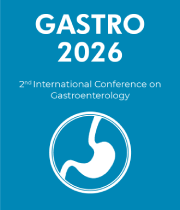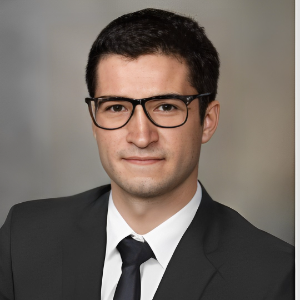Title : The role of ADAR1 RNA editing in the pathogenesis of crohn's disease
Abstract:
Intracellular double-stranded RNA (dsRNA) is recognized by mammalian cells to be viral in origin and leads to an immune response through intracellular pattern recognition receptors (PRRs). Human nuclei produce endogenous double stranded RNA from simian retroviruses that represent roughly 8% of the genome. To attenuate the immune reaction to endogenous dsRNAs, mammalian cells perform Adenosine to Inosine (A to I) editing, preventing recognition of dsRNA by intracellular PRRs. A to I editing is predominantly performed by Adenosine Deaminase acting on RNA (ADAR) enzymes, of which humans have 2 functional isoforms, ADAR1 and ADAR2. ADAR1 mutations in humans have been shown to lead to congenital conditions (e.g. Aicardi-Goutières syndrome) characterized by a lupus-like inappropriate activation of innate immunity. Previous research has shown that ADAR1 deletion in murine CD4+ T cells leads to fulminant colitis. Our lab has shown that CD4+ T cells in Crohn’s patients had lower levels of ADAR1 expression and decreased levels of A to I editing than unaffected controls. Our lab has also shown that a novel long intergenic non-coding RNA (lincRNA) (XLOC_000261) is upregulated in Crohn’s disease CD4+ T cells. We therefore hypothesized that decreased expression of ADAR1 in Crohn’s T cells contributed to the pro-inflammatory phenotype seen within Treg and Th17 cells in Crohn’s disease. We sought to assess this hypothesis by knocking down ADAR1 and ADAR2 via siRNA transfection in human primary Treg and Th17 T cells. Gene expression was assessed using through quantitative PCR analysis. Our knockdown model achieved a 25-30% decrease in expression of ADAR1 and ADAR2 in Treg cells, with an inconsistent decrease in Th17 cells. This was associated with an increase in expression of XLOC_000261 in Tregs by 1.47-fold (ADAR1) and 1.91-fold (ADAR2). XLOC_000261 expression was found to be elevated in Th17 cells by 1.2-fold (ADAR1) and 1.44-fold (ADAR2) with siRNA knockdown. Interferon stimulated gene (ISG) expression was assessed in TReg cells following ADAR1 and ADAR2 knockdown, which revealed a broad increase in expression of ISGs with particular increase in APOBEC (1.61-fold with ADAR1 KD), IFITM2 (1.65-fold with ADAR1 KD), IFIT3 (2.04-fold with ADAR2 KD), and IFITM3 (2.10-fold with ADAR2 KD). Our results show for the first time in human T cells that inhibition of RNA editing leads to an increase in ISG expression along with upregulation of a Crohn’s disease-associated lincRNA. Future directions will include producing a more robust knockdown model of ADAR1 and ADAR2 and evaluating whether inhibition of dsRNA sensing in Crohn’s T cells will attenuate their pro-inflammatory phenotype.
Audience Take Away:
- RNA editing plays a key role autoimmunity
- T cells in Crohn’s disease have evidence of decreased RNA editing
- Inhibiting RNA editing appears to induce a pro-inflammatory phenotype in human Treg and Th17 T cells




